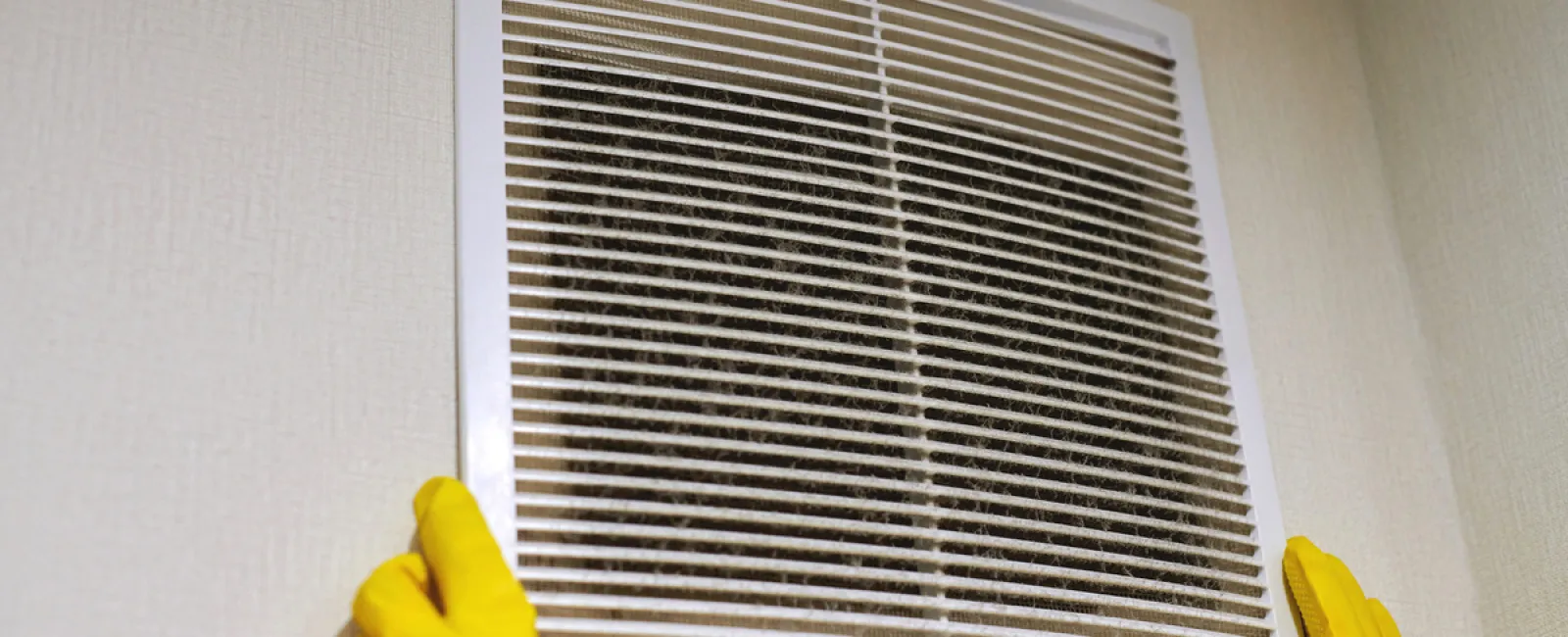With cold winter months just around the corner, your home is gradually transitioning its reliance on its HVAC system. After summer months spent leaning on the air conditioner to maintain a cool home interior, your furnace is about to shake off months of hibernation as you depend on its heating capacity to keep your household warm this summer. Its time to start winterizing your HVAC system.
But these powerful appliances can't do their jobs without regular maintenance and tuneups to repair existing breakdowns and prevent future malfunctions. A (winter HVAC service) visit can offer perfect timing to get your furnace ready for the winter ahead while also making sure your air conditioner is in good shape heading into months of sitting idle.
Read on for six tips to winterize your HVAC system and support the health and performance of these appliances.

Should You Cover Your A/C Unit in the Winter?
Before we outline the different steps you should take to (winterize your A/C unit) and the rest of your HVAC system, it's important to emphasize the importance of making sure you (prepare your air conditioner for the winter) cold. While many homeowners forget about their A/C unit and figure it's built to withstand cold weather, failing to give it a little winter prep can lead to avoidable air conditioning problems come spring.
While you're busy getting your furnace in gear to heat your home in the year ahead, don't put your air conditioner on the back burner—or you'll regret it.
6 HVAC Tips for Winter
Before the winter cold strikes, here are six steps every homeowner should take to extend the lifespan and performance of their HVAC appliances:
1. Schedule a furnace tuneup and/or cleaning.
Prevent a furnace breakdown before it strikes in the dead of winter. A furnace tuneup makes sure your appliance is inspected by a trained HVAC technician for signs of wear and imminent breakdown.
The maintenance work performed during a tuneup can reduce the risk of a breakdown in the winter ahead, and it can provide a progress update on the relative health and efficiency of your furnace—which could help alert you to a possible furnace replacement in the future.
2. Clean out your air conditioner.
Outdoor air conditioners can accumulate a lot of debris over the summer. Leaves, dirt, and even twigs and branches can make their way into the appliance, clogging up your radiator and other A/C components.
If your A/C unit is turned off and put away for the winter without cleaning out this debris, it can lead to mechanical trouble the following spring. An HVAC technician can clean off debris most likely to cause problems for your unit, prepping your air conditioner for a winter of dormancy and a problem-free spring.
3. Turn off and cover or remove your A/C unit.
If you're trying to figure (how to cover an air conditioner), the answer depends on whether you have a freestanding A/C unit or a built-in window air conditioner. Here's how to winterize each A/C option:
Should central A/C units be covered in winter? Ideally, outdoor air conditioners will be wrapped in a custom-fit A/C unit cover. A tarp can also provide necessary protection from the winter elements. Make sure the unit is disconnected from power before securing the tarp or cover.
How to winterize an A/C window unit: Ideally, you can winterize a window unit by removing it and closing and sealing the window. If removing the unit is not an option, unplug it from power and cover it with insulation to reduce heat transfer during cold winter weather.
4. Change your air filters.
Air filters on your air conditioner and furnace should be changed at least every 90 days, if not more often. Winterizing is a perfect time to replace all of these filters and get them all on the same schedule, especially since you will already be working with each appliance to get it ready for the winter.
5. Program your thermostat.
Smart thermostat owners should use the winterizing process to change up the heating and cooling schedule for their HVAC system, and to readjust heating and cooling temperature ranges to become more efficient with your heating and cooling expenses. Adjusting to a lower indoor air temperature in cold weather, for example, can lower utilities costs and save wear and tear on your furnace, which will extend its life and delay the cost of a furnace replacement.
6. Schedule an HVAC service appointment for the spring.
While you're in the process of winterizing your HVAC system, plan ahead by making an appointment to service your A/C unit and furnace again in the spring. This is particularly helpful if you want to make sure your air conditioner is ready to handle the workload of keeping your home cool next summer.
With temperatures steadily dropping, don't wait until the busy season to see out service for your HVAC system. Contact a local HVAC company today and get professional help in winterizing your appliances.

